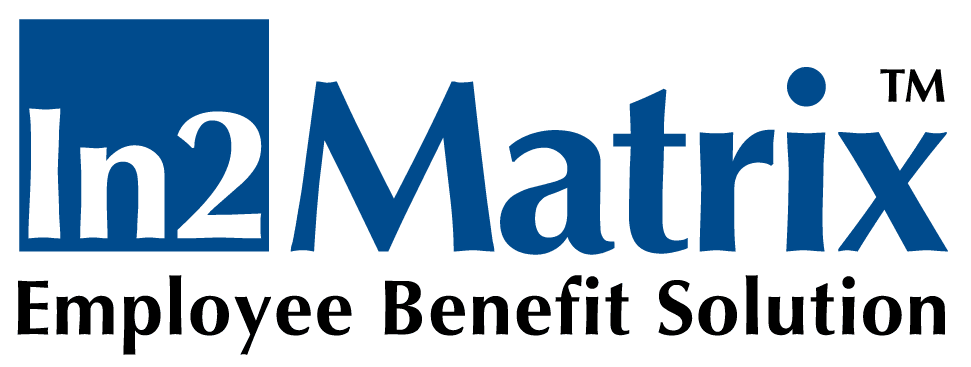Digital Technology: Threat or Opportunity?
Digital technology continues to seep into the insurance sector, disrupting traditional sales channels and unleashing a torrent of potential new revenue streams. So far, the sector has been able stay afloat on the rising tide, but the digital deluge shows no signs of stopping—how long can the sector keep treading water without completely adopting digital? Does digital technology threaten to drown the entire industry as we know it?
Customer adoption of digital technology—which includes mobile phones, social media, cloud computing, data analytics and other digital platforms—continues to outpace the insurance industry’s capabilities. But rather than fade into obsolescence, the industry is poised to take advantage of the new opportunities presented by digital technology.
Customers and the technology used to sell and service them are changing. Until now, the industry has survived these ongoing changes by employing quick fixes and patchwork remedies, but it has neglected to overhaul its basic model to allow digital adoption from the ground up.
The result has been an inflexible industry (with several exceptions) unable to quickly adapt to new consumer needs and expectations. Indeed, despite the estimate that 75 per cent of all insurance policies will be sold online by 2020, according to a 2014 global survey commissioned by Google, only 8 out of Europe’s top 36 insurers are currently taking a strategic, comprehensive digital approach in responding to customer needs, according to a 2015 survey from research firm, Comprend. Last year, 50 per cent of insurance policies were sold online in the United Kingdom, according to PricewaterhouseCoopers.
Due to digital technology’s lightning-fast and global wholesale adoption, doing nothing to adapt is akin to falling behind. In the coming years, the sector must contend with reconciling digital tools and strategies with non-digital legacy systems, ensuring the smooth and safe transfer of customer data, restructuring collapsed sales channels, learning how to use mountains of data effectively and more.
Failure to do so will allow outside-industry forces to poach the most valuable parts of the sector’s revenue streams. Research has already begun to quantify the profit at risk—about 30 per cent, according to the Financial Times. Insurers that apply digital technologies across the organisation could add between 31-38 per cent of profit over the next five years, while insurers who only dabble could be losing just as much. Simply tacking on digital solutions to legacy infrastructure is not enough, as it bogs down insurers with additional spending, while new entrants unencumbered with clunky legacy systems use digital technology to sell insurance products at a much more competitive price.
Going forward, the sector must treat the digital deluge as a culture shift rather than a sea change. The sector is still based on solid relationships and buoyed by great customer service—there is no need to move away from this. Instead, the sector should use the opportunities presented by technology to build upon what makes it great—providing necessary products that grant peace of mind and make business happen.
Insurers should use digital technology to make themselves more relevant in the age of instant gratification. Brokers will no longer suffice by just communicating with clients once per year. Adopting digital technology does not mean sacrificing good service—on the contrary, digital tools can help send out regular, personalised communication that clients want. A surprising 38 per cent of UK insurance consumers prefer receiving communications at least semi-annually from their brokers or insurers, while only 23 per cent actually do, according to Ernst and Young’s 2014 Global Consumer Insurance Survey. Digital technology promises more customer-centric products, constant and meaningful client communication, tangible benefits, more accurate pricing, improved claims experiences, and more.
Sensible, comprehensive digital adoption should continue lowering premiums for all insurance consumers in 2016 through process automation, more accurate risk calculation and more stringent fraud detection as insurers take the leap and make the investment.
